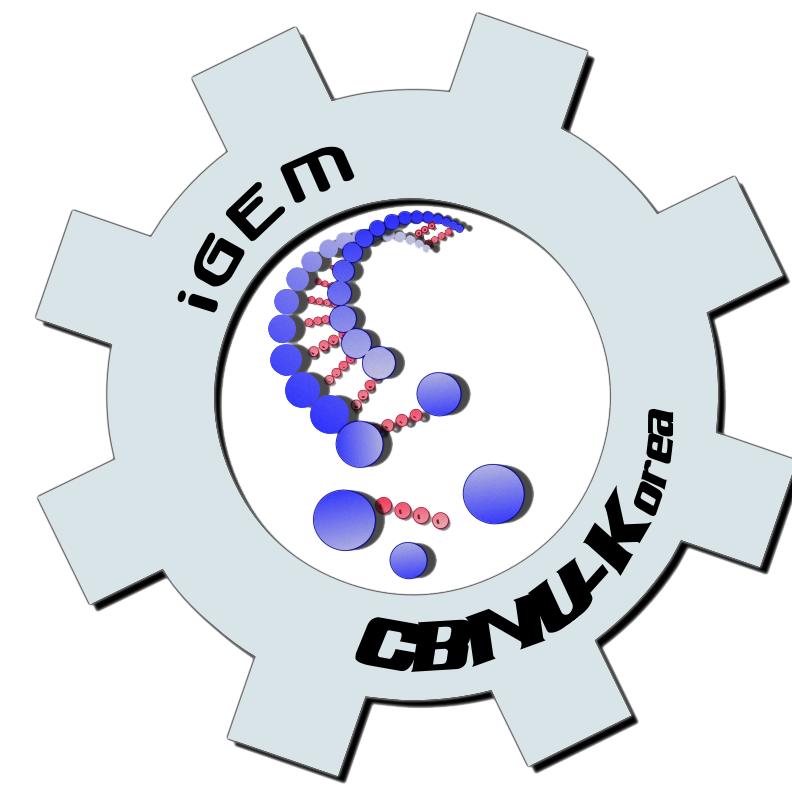Team:Illinois-Tools/Project
From 2009.igem.org
(→Overall project) |
|||
| Line 19: | Line 19: | ||
!align="center"|[[Team:Illinois-Tools/Parts|Parts Submitted to the Registry]] | !align="center"|[[Team:Illinois-Tools/Parts|Parts Submitted to the Registry]] | ||
!align="center"|[[Team:Illinois-Tools/Modeling|Modeling]] | !align="center"|[[Team:Illinois-Tools/Modeling|Modeling]] | ||
| + | !align="center"|[[Team:Illinois-Tools/ResearchArticles|Research Articles]] | ||
!align="center"|[[Team:Illinois-Tools/Notebook|Notebook]] | !align="center"|[[Team:Illinois-Tools/Notebook|Notebook]] | ||
|} | |} | ||
Revision as of 16:21, 5 June 2009
| You can write a background of your team here. Give us a background of your team, the members, etc. Or tell us more about something of your choosing. | |
|
Tell us more about your project. Give us background. Use this is the abstract of your project. Be descriptive but concise (1-2 paragraphs) | 
|
| Team Example 2 |
| Home | The Team | The Project | Parts Submitted to the Registry | Modeling | Research Articles | Notebook |
|---|
(Or you can choose different headings. But you must have a team page, a project page, and a notebook page.)
Contents |
Overall project
Synthetic biology is the creation of new functions using existing existing biological systems. In order to assist synthetic biologists, the 2009 Illinois tools team is trying to create a web-based open source program that outputs a theoretical pathway to synthesize a desired chemical product given an input and an output compound. This network will meet several constraints such as maximal reaction rates and mass balance. The ideal network will consist of known reactions taken from the Kyoto Encyclopedia of Genes and Genomes (KEGG)database, which consists of well-studied organisms. The capabilites of our program will be exemplified by establishing a network for the synthesis of biofuels from various input compounds.
Our program is modular and has 6 major components. The first aspect is obtaining reactions from the KEGG database via KEGG API and determining the shortest paths from the starting compound to the ending compound. The second is taking our theoretical outputs and running them through an a program like Constraint-Based Reconstruction and Analysis(COBRA) to optimize the reactions. The result from this would then be graphed using Networkx or pyDot. After the optimal paths have been determined, the program will look for the necessary activators and promoters in the biobrick registry and give the location of those. The sixth aspect of our program is to log our results.
 "
"
